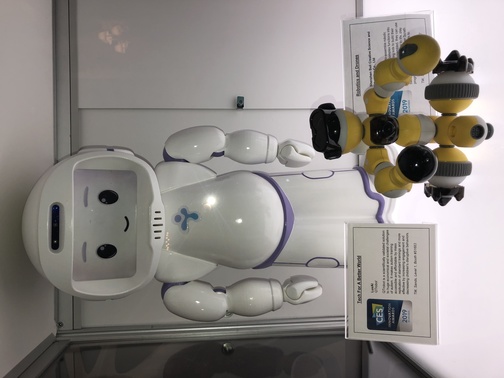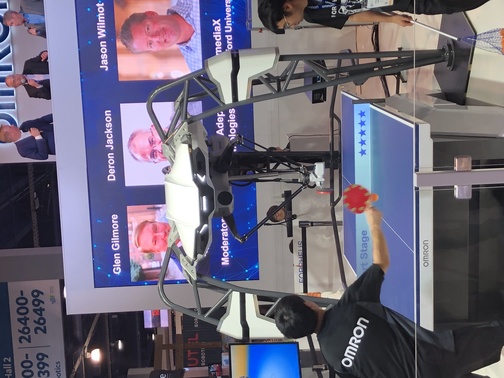The Consumer Electronics Show has come and gone for another year.
More than 180,000 people through the doors and 4,300+ exhibitors covering drones, 3D printing, eSports and sports technology, AR and VR, artificial intelligence, autonomous vehicles, 5G and IoT, SMART cities and homes, robotics, home entertainment, cyber security, and digital health amongst others.
The big talking points from the four days included the presence of Apple – which traditionally shuns CES – announcing its software will be included on a number of Smart TVs including those of competitor Samsung, along with a big billboard with the slogan of “what happens on your iPhone, stays on your iPhone”.
Then there was the battle between Amazon and Google on the overall presence front.
Beyond the hype, there was a clear thread evident – that being the ecosystem and who controls it.
Google’s all-white dressed team members were littered throughout partner exhibits, while Amazon and the smart home had a dedicated presence, and solutions providers exclusive to the Amazon Web Services cloud.
The autonomous vehicles exhibit was expansive with all major manufacturers including Audi, BMW, Ford, Honda, Hyundai and Mitsubishi – along with many pure play electric competitors.
The car is now just another device on the internet of things. Future concepts have the equivalent of home theatres being kitted out in your vehicle while being autonomously driven.
The mood on the floor varied from estimating between seven and 20 years on fully autonomous vehicles being on the road at scale.
It would be easy to question the value of such a significant R&D spend if a potential return is so far into the future, however it you look at economies such as Germany with its US$157.4b vehicle export market at stake and Japan’s US$93.4b vehicle export market, this is a race they clearly cannot afford to lose.
CES reflects a fiercely competitive global economy.
There were literally hundreds of different types of drones, and dozens of 8k smart television manufacturers.
If these are markets you intended to develop products for, perhaps you are too late.
And here is the rub of CES.
Advanced manufacturing is expected. A sleek design and advanced materials just get you to the starting gate.
There are hundreds of competitors no matter where you turn, many espousing similar value propositions.
There are no silver bullets when it comes to the market and economy.
Apple is at the top end of its growth and now needs a new iPhone to spur its uptick in growth.
The convergence of business and tech is now complete. Technology is capable of almost anything.
The driving factor is whether the technology and solution address a broad-based customer pain point, providing value at a price a sizeable market is willing to buy.
There was lots of cool and funky tech at CES, however sometimes leaving you to ponder the question, 'why?'
If there is no customer pain – there is no sustainable product or company.
The customer comes first.




.jpg)















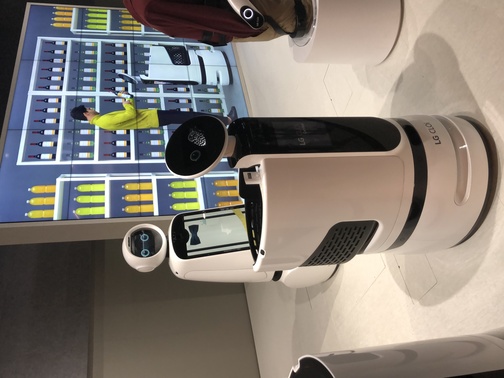





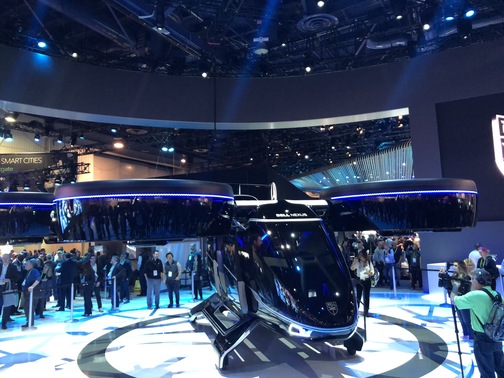











































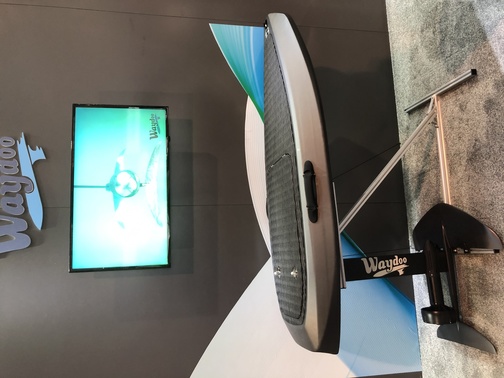

.jpg)
.jpg.transform/72x72/img.jpg)






.jpg)
.jpg.transform/72x72/img.jpg)
.jpg)
.jpg.transform/72x72/img.jpg)
.jpg)
.jpg.transform/72x72/img.jpg)
.jpg)
.jpg.transform/72x72/img.jpg)
.jpg)
.jpg.transform/72x72/img.jpg)
.jpg)
.jpg.transform/72x72/img.jpg)
.jpg)
.jpg.transform/72x72/img.jpg)


.jpg)
.jpg.transform/72x72/img.jpg)




















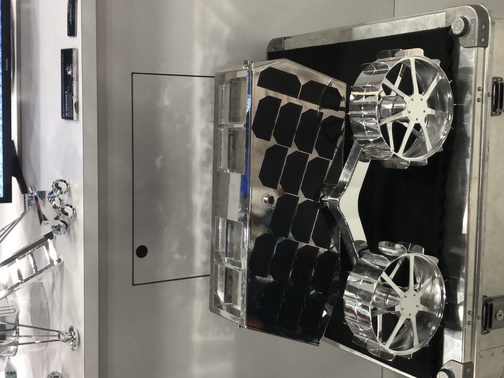

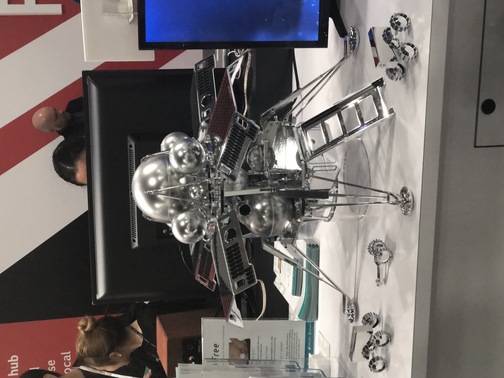



















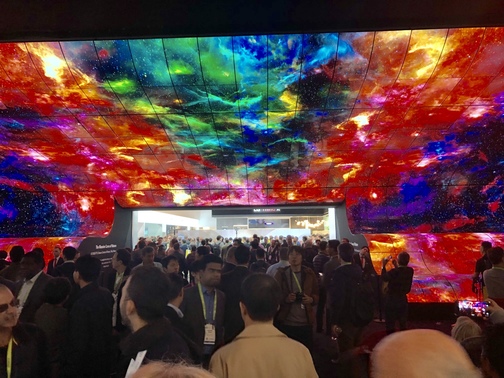











.jpg)
.jpg.transform/72x72/img.jpg)
.jpg)
.jpg.transform/72x72/img.jpg)




.jpg)
.jpg.transform/72x72/img.jpg)




